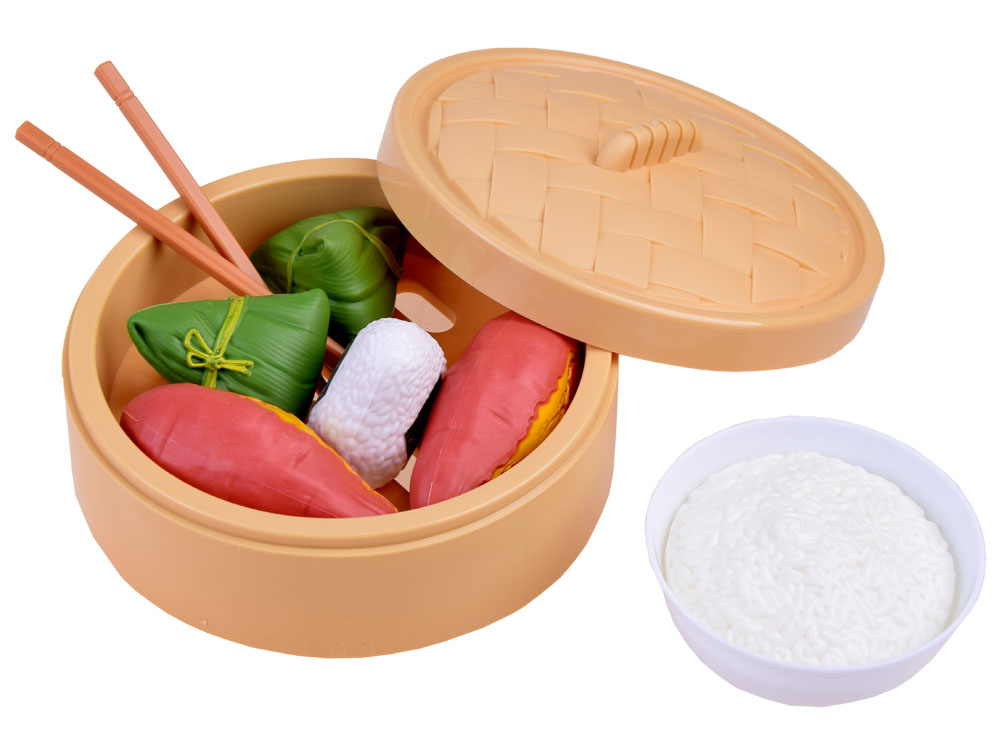So many of the teachers I’ve talked with recently have shared that this past school year has been their hardest year ever. But educators continued to pull out all the stops to keep everyone going. Activities that struck a chord and really lifted voices and spirits were often those that used books and music to bring joy and build community, like the educators at Rising Star Elementary in Kansas who took Kelly Baptist’s The Electric Slide and Kai and used music and dance to get kids thinking about families and family history. And the students at William Wells Brown Elementary in Kentucky who had a visit from Chief Bookman (Jonathan Beatty), received new books to keep, and starred with him in this music video for the “I Love Books” anthem.
All these fun learning experiences could also be done at home this summer or at a summer learning program and expanded on with resources like the Tune In! toolkit at Start with a Book or with the expert advice below that author Wendy Wan-Long Shang gathered from school librarian Amy Baldwin. Wendy, whose middle grade titles include the award-winning The Great Wall of Lucy Wu, Not Your All-American Girl (with Madelyn Rosenberg), and The Secret Battle of Evan Pao, went to visit Amy and her students at Yorkshire Elementary School in Virginia last spring to share her picture book, The Rice in the Pot Goes Round and Round.
July 11, 2022
Reading in Harmony by Wendy Wan-Long Shang

Kids and teachers weren’t the only ones nervous about going back into the classroom this past school year. Authors were, too! My very first picture book, The Rice in the Pot Goes Round and Round, came out in 2021, and in 2022, I had my first in-person author visit for the book in nearby Prince William County. I wondered if the young students would be able to sit still. Would they sing along with my book, which is set to the tune of “The Wheels on the Bus”? Would I have to sing alone?
There are some people who can and should sing alone in front of a crowd. Others will but should not. This was not a time to find out where I belonged (or find out where young people thought I belonged!).
I needn’t have worried. I was greeted by an enthusiastic and well-prepared audience, brimming with questions and a whole-hearted willingness to sing along to my book. That magic doesn’t happen by accident. I asked Amy Baldwin, the librarian who booked me, how this happened.
Can you share some of your tricks for finding local authors? I was delighted to receive your invitation, but like many authors, I always curious about how schools find me.
I find local authors through social media, specifically Twitter and Instagram. I have an Instagram where I post book reviews alongside pictures of my various and numerous pets. I make it a point to follow the authors of the books I read. If I notice they are posting from somewhere locally, I do a little more investigating and try to figure out where they live. I have a running list of authors I know live in the area surrounding my school.
How did you introduce The Rice in the Pot to your teachers and students?

We are very fortunate to have a principal who loves reading and literacy. She not only purchased a copy of The Rice in the Pot for every K-2 teacher, she also purchased one for every student. Bethany Drake, our reading specialist, and I sat down together and made a list of extension activities the teachers could do with the book before the visit. We gave that list to the teachers along with their copy of the book more than a month in advance. We encouraged them to read the book with their students multiple times.
What are some extension activities you created to go with the book?

The list included readings, creating motions and movements with the song, and writing about their own family connections to the story. (Lorian Tu, the illustrator, also made this absolutely adorable worksheet!) We gave them paired texts that would work well with The Rice in the Pot including Amy Wu and the Perfect Bao by Kat Zhang and The Wheels on the Tuk Tuk by Kabir Seghal and Surishtha Sehgal. I think the extension activity we were most excited about was interactive play. We found a set of plastic Chinese food that included many of the elements of the story — the dumplings, tea, the steaming basket. We convinced our principal to purchase a set for all of our kindergarten and 1st grade classrooms so they could act out the story as they read it.
I remember you said that the students were careful to share the pieces so everyone could participate. So cute! How can the musical aspect of the book help students with literacy?
Songs are easily remembered due to the tune. Since it was one that they were already familiar with it helped with the connection. Repeated readings helped the students learn the song. It gives them a rhythm for fluency.
How did you prepare your students for an author visit after the pandemic?
That part was easy — our students love books! They were thrilled at having a copy of The Rice in the Pot to take home and keep. They were also excited at the chance to meet a real live author. One of our second graders said something like he “didn’t know she was a real person until he saw her.”
I love that I got to be a “real person” for that second grader. I’m so glad to have had the chance to stir things up with The Rice in the Pot Goes Round and Round and Yorkshire students! And grateful to teachers and librarians like Bethany and Amy who work hard to make reading both fundamental and fun — which meant I wasn’t singing alone.



